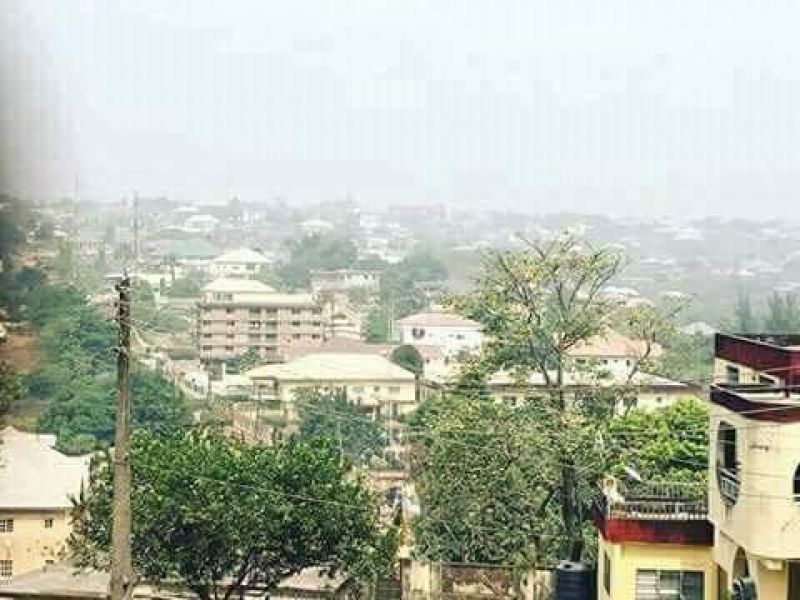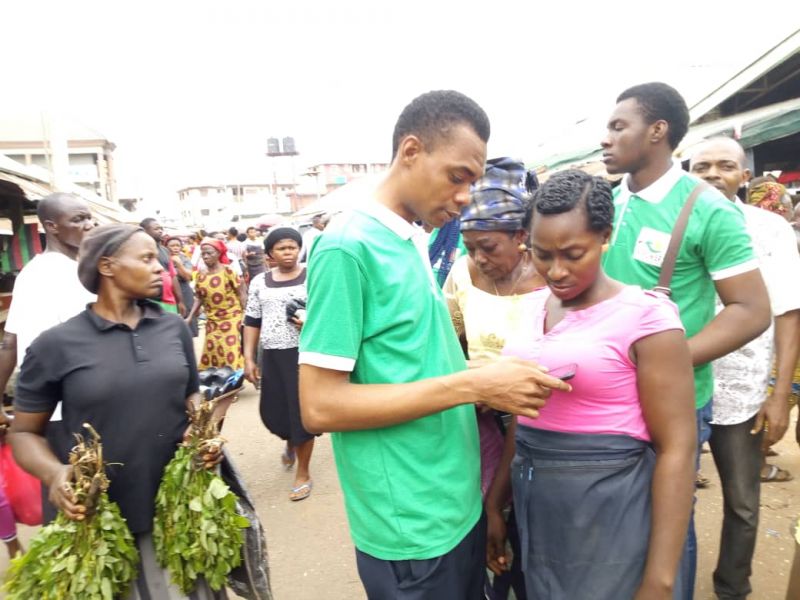Boy pulled from Nepal rubble in "miracle" quake rescue
Posted by admin | 9 years ago | 2,583 times

Rescuers pulled a 15-year-old boy alive from the rubble of Nepal’s earthquake Thursday, bringing a rare moment of joy to the ruined capital Kathmandu, five days after a disaster which killed more than 5,500 people.
The rescue of Pemba Lama, who stayed alive by eating jars of ghee, was hailed as a miracle by medics and met with cheers from crowds of bystanders who massed to watch the drama unfold.
But the recovery of another teenager’s body from the same ruins only minutes later underlined how the prospects of finding further survivors of Saturday’s 7.8-magnitude quake were becoming more remote.
His face caked in mud and dust, Pemba was fitted with a neck brace and hooked up to an intravenous drip before being lifted onto a stretcher and then raced to a field hospital.
“I don’t have any logical explanation. It is miraculous. It is a wonderful thing to see in all this destruction,” Libby Weiss, a spokeswoman at the Israeli military-run facility, told AFP.
“He was under the rubble for 120 hours and it is certainly the longest we have heard anybody of being under the rubble and surviving.
“We understand he didn’t have any food and just two jars of ghee (clarified butter), which he had at the time he was under the rubble.
“He was triaged but, remarkably, speaking with us, fully conscious and was able to communicate and doesn’t have any major injuries or wounds. He is doing remarkably well.”
The rescue operation at a collapsed guesthouse in the Gongabu district, a joint effort between Nepal’s Armed Police Force (APF) and the American relief agency USAID, was fraught with risks.
“The area was very narrow. We used our tools and dug him out. We asked ‘Is anyone inside?’ and we heard a ‘dhuk dhuk’ sound and kept searching,” L.B. Basnet, one of the Nepalese rescuers, told local television.
“He was behind a bike, we had to cut through it. And we pulled him out successfully. This was very good, very good.”
Joy at Pemba’s rescue however was tempered when the body of another teenager was found close to his.
“He (Pemba) told us he had been speaking to two other people until early this morning but after that he could no longer hear them,” said Narayan Thapa, an APF inspector.
The news was likely to reinvigorate the efforts of rescuers who have had to contend with regular shocks and rain which makes it harder for sniffer dogs to work out if anyone is alive below the mountains of concrete.
The rescue operation at a collapsed guesthouse in the Gongabu district, a joint effort between Nepal’s Armed Police Force (APF) and the American relief agency USAID, was fraught with risks.
“The area was very narrow. We used our tools and dug him out. We asked ‘Is anyone inside?’ and we heard a ‘dhuk dhuk’ sound and kept searching,” L.B. Basnet, one of the Nepalese rescuers, told local television.
“He was behind a bike, we had to cut through it. And we pulled him out successfully. This was very good, very good.”
Joy at Pemba’s rescue however was tempered when the body of another teenager was found close to his.
“He (Pemba) told us he had been speaking to two other people until early this morning but after that he could no longer hear them,” said Narayan Thapa, an APF inspector.
The news was likely to reinvigorate the efforts of rescuers who have had to contend with regular shocks and rain which makes it harder for sniffer dogs to work out if anyone is alive below the mountains of concrete.
Launching an appeal for $415 million in aid, the UN said it would be take a marathon effort to help the people of one of Asia’s poorest countries.
In its latest situation report, the UN said that search and rescue was still limited outside of the Kathmandu Valley and warned it could take days to trek to some of the worst hit areas in remote regions.
“Some villages can only be reached by foot with some areas taking up to four to five days to reach,” it said.
Around 70,000 houses have been destroyed and another 530,000 damaged across 39 of Nepal’s 75 districts, the UN said.
The latest official toll put the number of dead at 5,489 and more than 10,000 are known to have been injured. More than 100 people were also killed in neighbouring countries such as India and China.
Although the number of aftershocks since Saturday’s quake has subsided, fresh tremors were felt in Kathmandu overnight.
Some people who had spent the past four nights camped out in the open for fear of aftershocks spent their first night back home.
But a significant number are still living on the roadside or open ground, according to AFP correspondents in the ruined capital, which is normally home to some 2.5 million people, including many migrant workers.
Readers Comments
comment(s)
No comments yet. Be the first to post comment.








